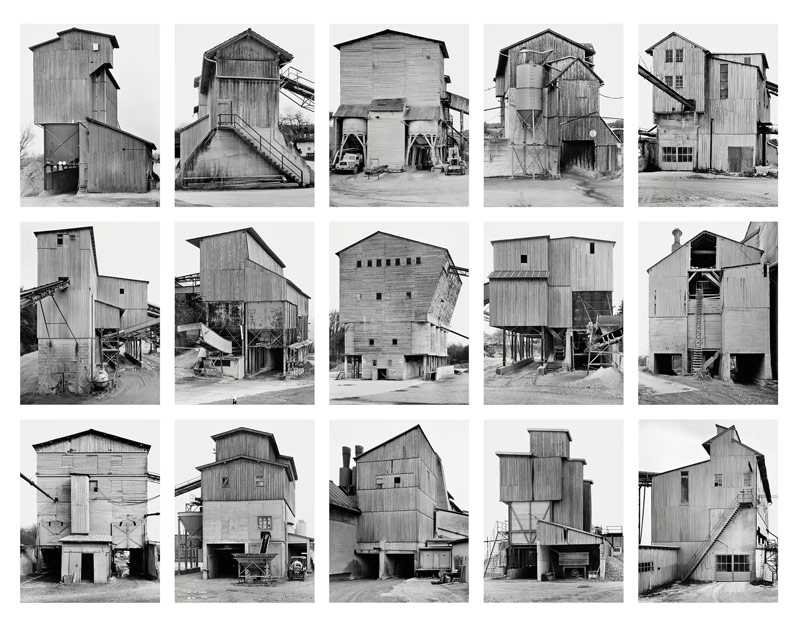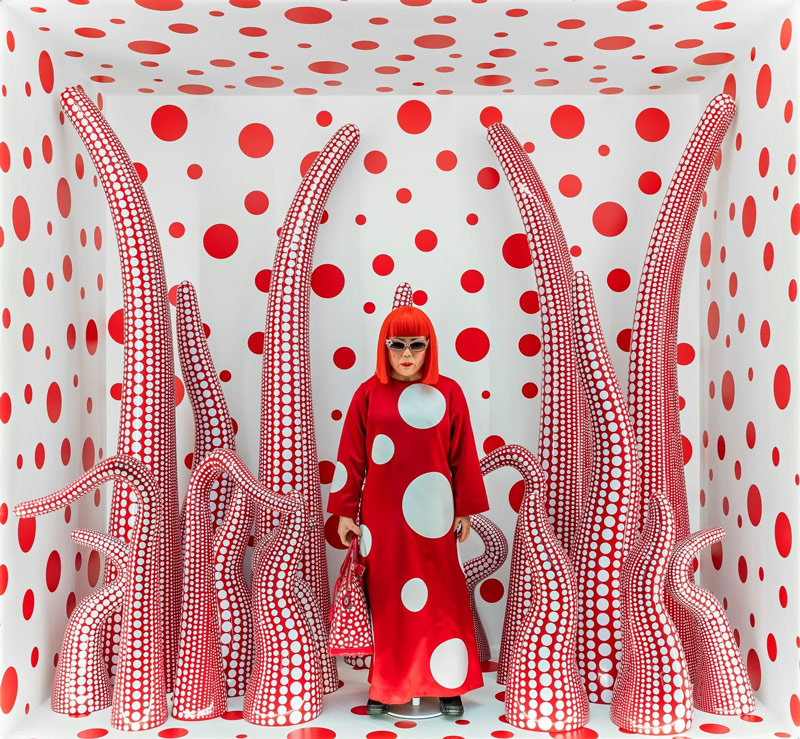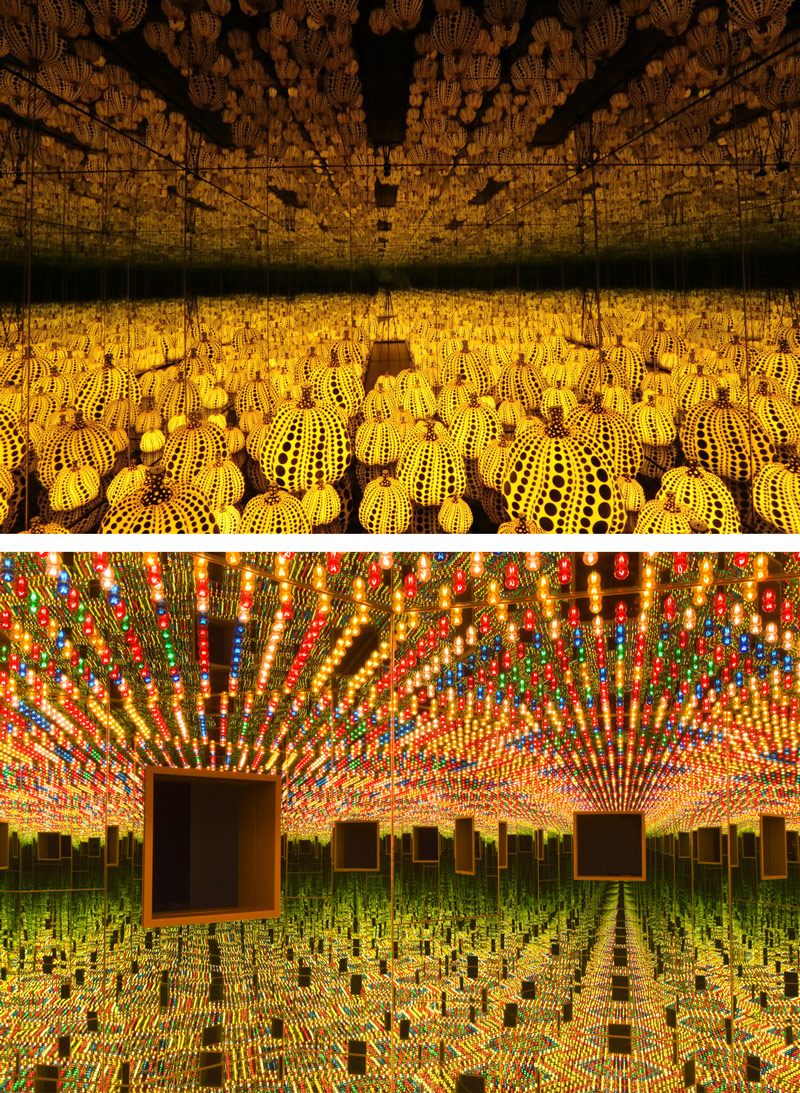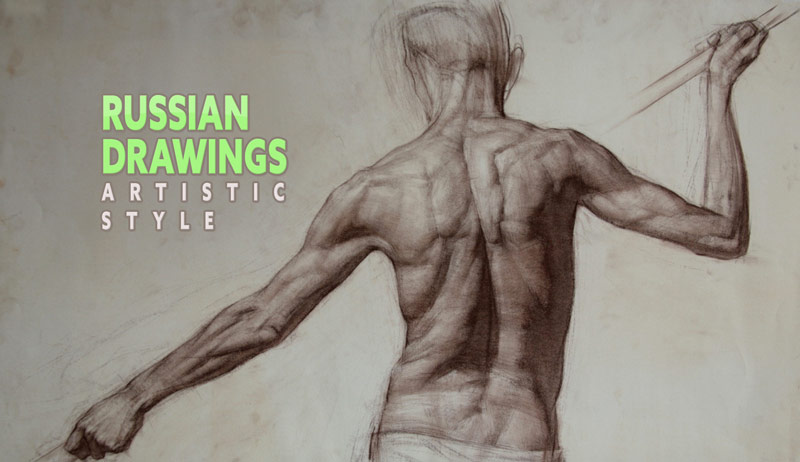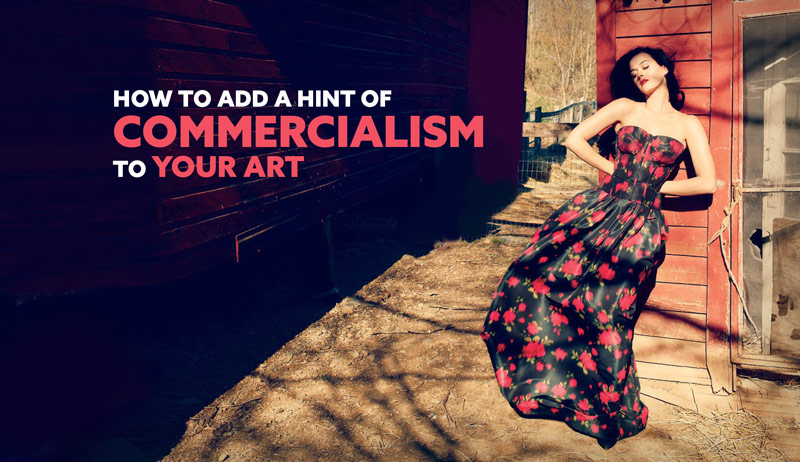Why Art Projects Hit Harder Than Single Pieces
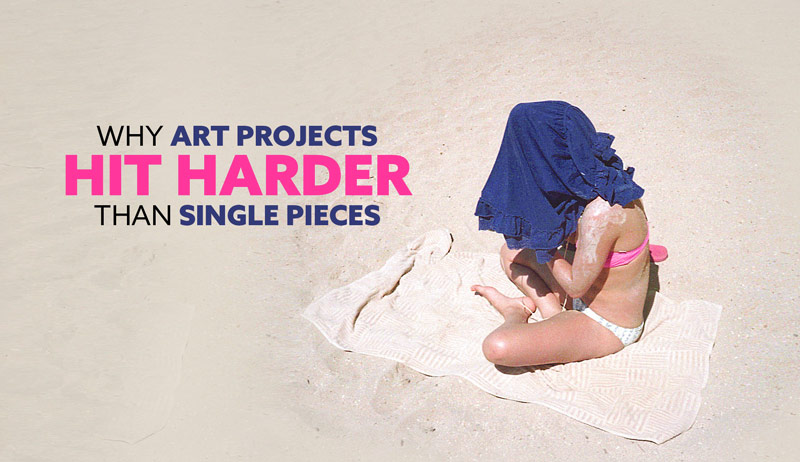
#777
Welcome back—and thanks so much for the continued support. Whether it’s your comments, shares, or just spending time with these articles, it helps keep this creative train moving.
Here’s a question for you: Have you ever wondered why some artists create their work in projects or series? And more importantly—could this approach make your art more powerful?
Let’s dive in and learn more!
Projects? Why
When it comes to projects or collections of art, think of it like music. A song can be great on its own, but an album takes you on a journey—building mood, revisiting themes, and creating an experience that sticks.
It’s the same with art. One painting, photo, or sculpture might make an impression. But when a group of them works together in harmony, something bigger happens.
My Beach Ghosts Project
Take my Beach Ghosts project, for example (seen in PC&D book).
One photo of a towel-draped beachgoer might earn a small chuckle. But when you see twelve of them—all black and white, consistent in style—it starts to feel more deliberate. The repetition builds unity and turns those quirky moments into a cohesive idea.
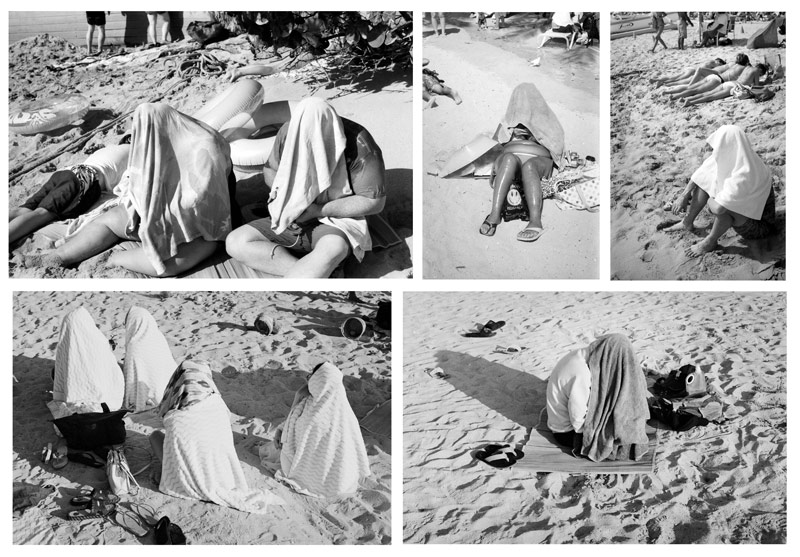
Projects like this can also give you direction when you’re uninspired. Instead of searching aimlessly for “the next shot,” you’re hunting for variations of a theme—and that keeps the momentum going. Definitely check out Alec Soth’s project (see #546), or two in-depth articles showing my photo project in Paris (see #598 & #599). Now let’s get into the juicy stuff!
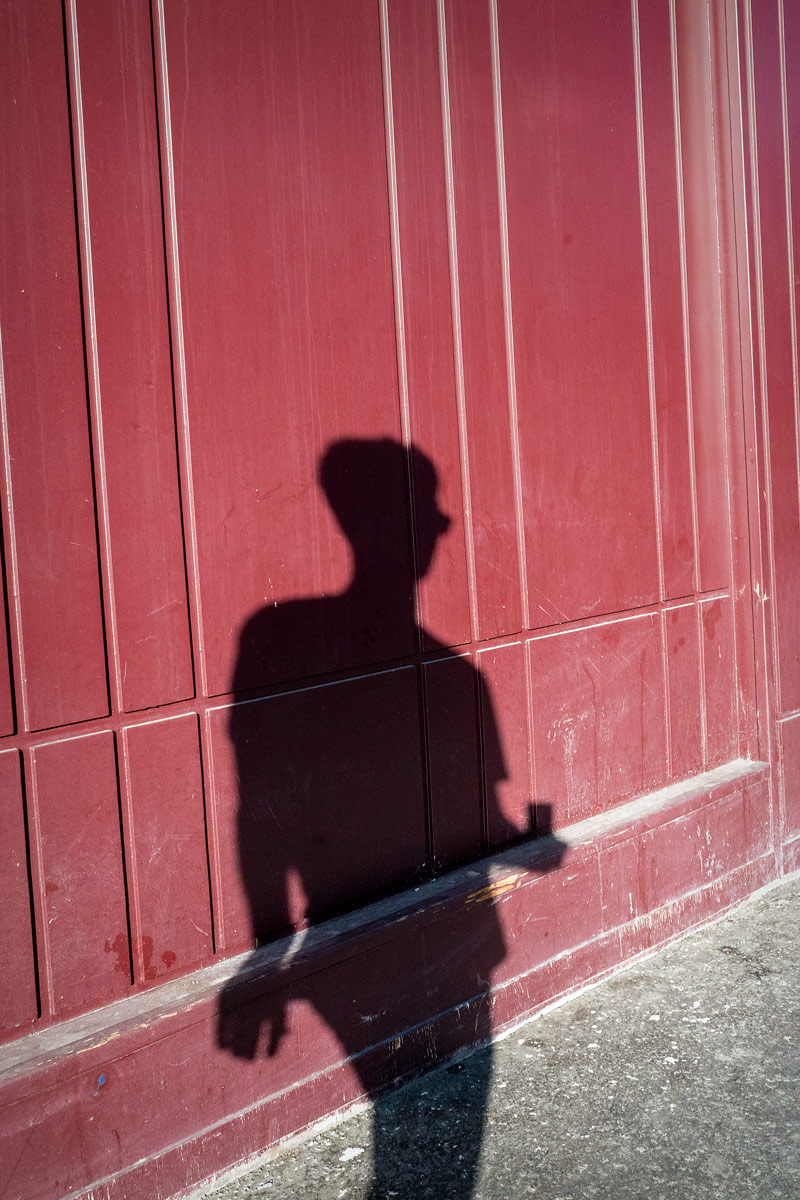
Why Do They Work? Art Projects
We all know consistency is the backbone of an artistic style (see Day 122)—and it’s just as crucial when creating your own projects. Without it, the whole thing falls apart.
An artistic style is like an artist’s signature—it’s what makes their work instantly recognizable. Most of the time, you’ll see this signature woven throughout their individual projects.
Imagine Johnny. He’s obsessed with painting round objects in red, always set against a cloudy blue sky and oceanic backdrop. That’s his thing. Now let’s say he starts a project where he sticks to the same formula—round objects, cloudy blue skies, oceanic backdrops—but swaps the red for blue and white stripes. The artistic style is still there, linking the work back to him, but this new project stands on its own.
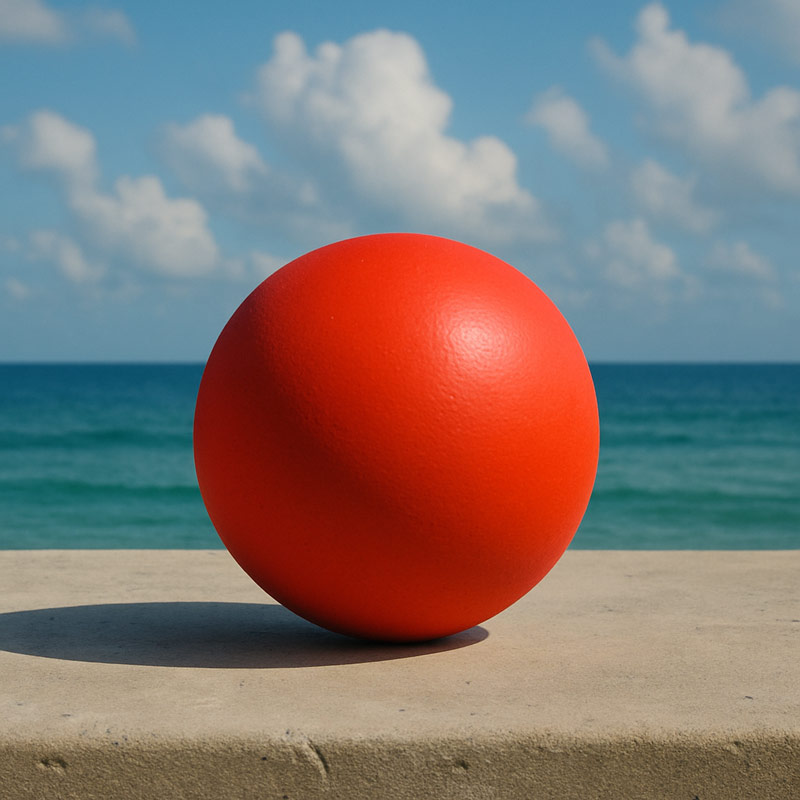
Now picture Johnny breaking completely out of his comfort zone. He switches to photographing clear glass objects in a jungle setting, only shooting them in warm, golden sunlight. There are faint echoes of his earlier style—his love for form, light and composition—but this new series takes on its own identity. And here’s the key: each photo adds strength to the project as a whole. The more images, the more momentum it builds. If you’ve read the article on Karl Blossfeldt (see Day 350) you’d know exactly what I mean.
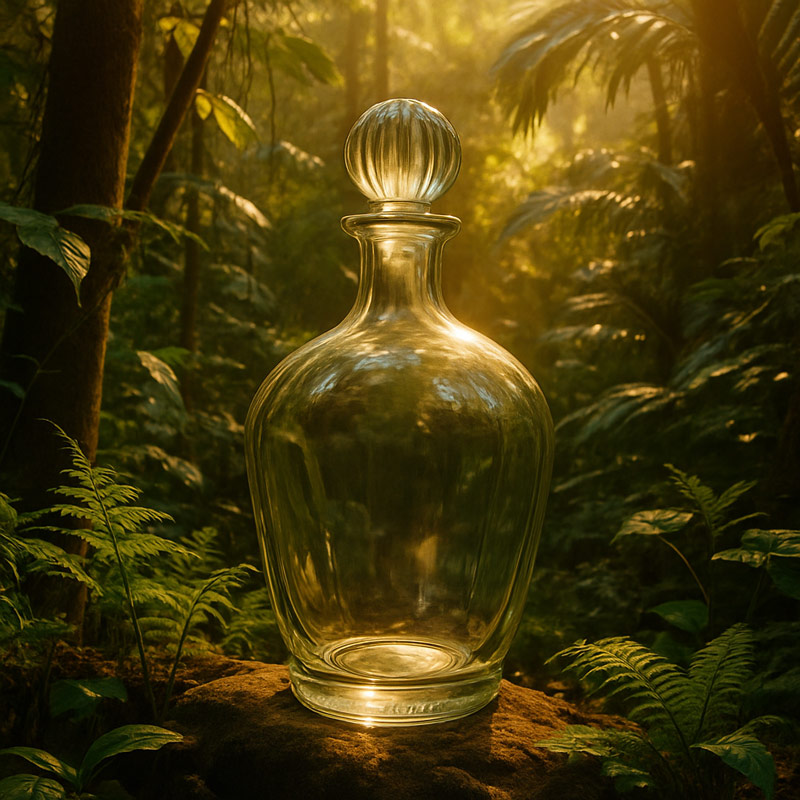
Accumulation of Meaning – Cy Twombly’s Scribbles
One green splatter from Twombly? Most people write it off as chaotic. But when you see ten of them together, it feels obsessive and poetic—like you’re witnessing a gesture repeated until it becomes meditative. We briefly covered this in the previous article on abstract art (see #776).
The magic is in the accumulation. It’s not about one canvas; it’s about the gesture across time.
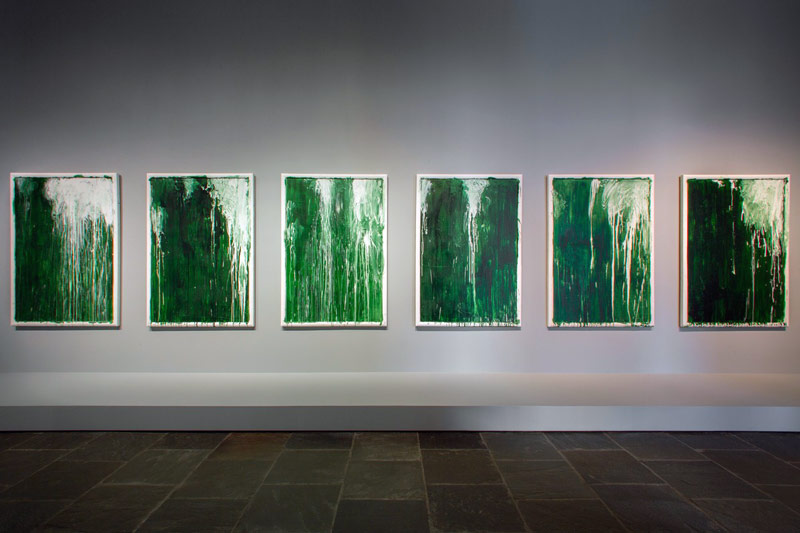
Finding Themes
Street photographer Jeff Mermelstein didn’t set out to create a project. But after years of shooting, he noticed two patterns in his archive: women twirling their hair and people mid-run.
By grouping these moments into Twirl/Run, he transformed everyday street scenes into something playful and oddly cohesive. The strength of a project can even remain strong when the compositions are lackluster. We saw that with the Twombly splatters, and we see it in these next few Mermelstein images.

That’s the beauty of projects—they have strength and emerge naturally from what already catches your eye.

Variation Within Constraint
Hiroshi Sugimoto’s Seascapes are deceptively simple: long exposures of the ocean and sky shot in black and white. Each image is quiet and minimal. But viewed as a series, they become a profound meditation on time and nature.
Sugimoto used strict constraints—horizon centered, sea and sky divided equally—which created unity. Within that limitation, he discovered endless variations.

Typologies and Patterns
Bernd and Hilla Becher spent decades photographing water towers, silos, and gas tanks—always in black and white, always from the same angle, always under flat light. Alone, each photo feels mundane. Together, they transform into typologies—grids of structures that reveal their subtle differences and shared DNA.
Their commitment to repetition and uniformity is a masterclass in how constraint can spark creativity.
Immersion Through Obsession
Dots, mirrors, infinity. A single polka-dotted pumpkin might seem whimsical, but when you see how Yayoi Kusama repeats this motif across decades—on canvases, sculptures, and full rooms—it becomes her entire universe.
This obsessive repetition creates an immersive experience for viewers and gives her work a strong, instantly recognizable identity. Don’t these infinity rooms look cool!?
Conclusion
A single photo is a moment. A series is a rhythm. A brushstroke is a gesture. A project is choreography.
Working in a series gives you room to experiment, refine, and connect your ideas. For viewers, it creates an experience that feels deliberate and unforgettable.
So here’s your challenge: Start a project. Set some boundaries—a theme, a color palette, a subject—and explore variations. It might be the key to taking your art to the next level. See you next time!


